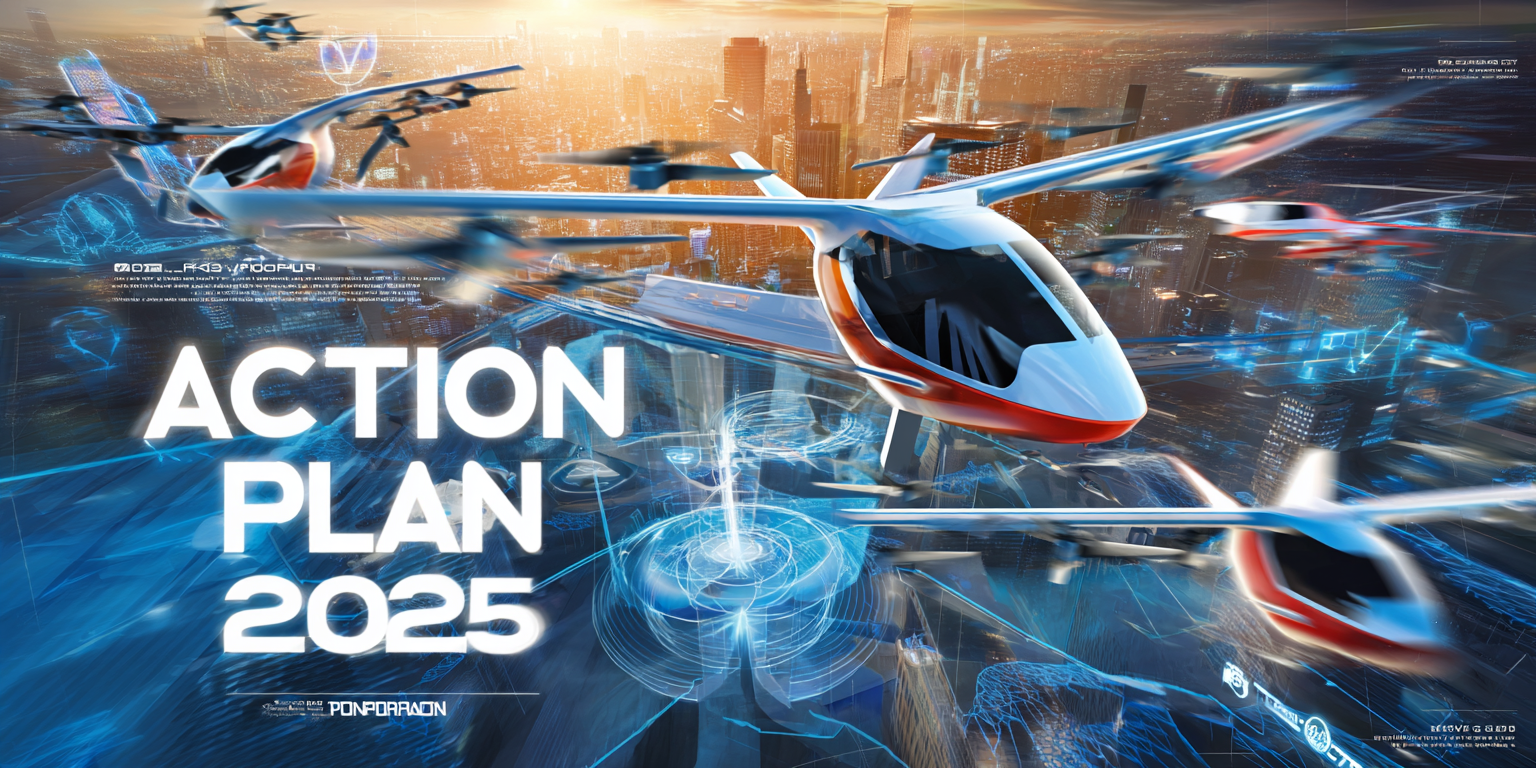Urban Air Mobility (UAM) and Advanced Air Mobility (AAM) are related but distinct concepts in the evolving landscape of aerial transportation. While both aim to revolutionize how we move people and goods, they differ significantly in their scope and mission. Here's a detailed look at the differences between them:
Urban Air Mobility (UAM):
- Scope: UAM targets air transportation solutions in urban and suburban areas, focusing on enhancing city mobility to reduce congestion.
- Key Features:
- Short-Distance Travel: UAM aims for short-haul flights within a city or between nearby cities.
- eVTOL Aircraft: UAM relies heavily on electric vertical takeoff and landing (eVTOL) aircraft, designed to operate in constrained spaces like rooftops or designated vertiports.
- Urban Infrastructure: Initially, UAM will utilize existing helicopter infrastructure such as routes, helipads, and Air Traffic Control services. The FAA is working on developing new vertiport standards for the future.
- Regulatory Framework: Implementing UAM involves navigating complex regulatory landscapes to ensure safety and integration with existing urban transportation systems.
- Community Engagement: UAM considers the evolution and safety of the aircraft, the framework for operation, access to airspace, infrastructure development, and community engagement.
Advanced Air Mobility (AAM):
- Scope: AAM encompasses urban, suburban, rural, and regional air transportation.
- Key Features:
- Diverse Operations: AAM builds upon the UAM concept by incorporating use cases beyond urban environments, such as longer-range commercial uses between cities, cargo delivery, public services, and private and recreational vehicles.
- Variety of Aircraft: AAM utilizes advanced aircraft, including eVTOLs, unmanned aerial vehicles (UAVs), and electric fixed-wing aircraft for longer distances.
- Comprehensive Infrastructure: AAM requires a wide range of infrastructure, from city vertiports to regional airports, rural airstrips, and integrated air traffic management systems.
- Integration with Existing Systems: AAM aims to complement and integrate with existing transportation networks, enhancing overall accessibility and efficiency.
Key Differences:
- Scope of Operations: UAM is limited to urban and suburban areas, while AAM covers a broader range, including urban, suburban, rural, and regional areas.
- Travel Distance: UAM focuses on short-distance urban flights, whereas AAM includes longer regional flights.
- Types of Aircraft: UAM and AAM use eVTOL aircraft, but AAM also incorporates a broader array of advanced aircraft technologies.
- Infrastructure Needs: UAM will initially use existing helicopter infrastructure but will need new vertiport standards. AAM requires a more diverse infrastructure to support various geographic areas.
Summary:
Urban Air Mobility (UAM) and Advanced Air Mobility (AAM) differ in scope and their comprehensive approach to modernizing air transportation. UAM, with its focus on short-distance flights within cities, is just the beginning. With its broader scope and variety of operations, AAM expands this vision to include a variety of aircraft and operations across urban, suburban, rural, and regional areas, aiming for comprehensive mobility solutions. The FAA and NASA are collaborating on the Advanced Air Mobility National Campaign, anticipating thousands of electric flying vehicles by 2030. This comprehensive approach is a testament to the potential and versatility of these future transportation systems.
Here is a table highlighting the key differences between Urban Air Mobility (UAM) and Advanced Air Mobility (AAM): This table compares the key differences between UAM and AAM, highlighting their distinct scopes, applications, and infrastructure needs.
| Feature | Urban Air Mobility (UAM) | Advanced Air Mobility (AAM) |
|---|---|---|
| Scope of Operations | Urban and suburban areas | Urban, suburban, rural, and regional areas |
| Travel Distance | Short-distance flights within cities or between nearby cities | Includes longer regional flights |
| Types of Aircraft | Primarily eVTOL aircraft | eVTOLs, unmanned aerial vehicles (UAVs), and electric fixed-wing aircraft |
| Infrastructure | Initially uses existing helicopter infrastructure; developing new vertiport standards | Requires a diverse range of infrastructure: city vertiports, regional airports, rural airstrips |
| Regulatory Framework | Focuses on integrating with existing urban transportation systems | Aims to complement and integrate with broader transportation networks |
| Key Applications | Passenger transport, cargo within urban areas | Long-range commercial uses, cargo delivery, public services, private and recreational vehicles |
| Community Engagement | Emphasizes safety, access to airspace, and urban infrastructure development | Comprehensive approach including community engagement and regional infrastructure |
| Integration with Existing Systems | Initially integrates with existing helicopter routes and services | Seeks seamless integration with existing transportation networks |




